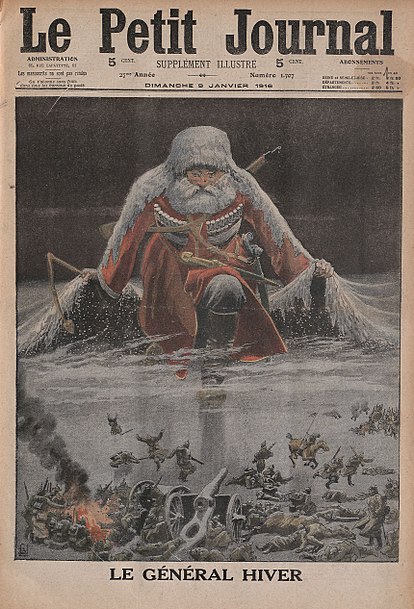 |
| Russia crumbles before my onslaught! |
The good news is that everyone had fun anyway. My nephews had never really tried a large strategy game before, but took to the mechanics quickly. My wife was predictably hyper-aggressive in an attempt to shorten the game and make more things happen before we had to quit. Always a good suggestion when introducing something to new players!
It's strange to go back to playing something simpler after years of high-level wargames. It's a little like developing a taste for double-shot espresso, and then trying to go back to drinking a Peppermint White Chocolate Mocha (or whatever sugarbomb equivalent is popular at Starbucks these days). It's exactly the same game I played to death in high school, but now I feel guilty about enjoying it. And worse yet, I have a desire to "fix" it, a project that would lead down a deep rabbit-hole of house rules.
If I could propose one (and only one) fix, I'd probably go for a weather system. I feel like a good weather system creates a "rhythm" to wargame play, with good weather creating "offensive turns" for conquest, and poor weather creating "defensive turns" for reinforcement and consolidation. It also provides the breathing room to regroup and build some powerful assault units for a coordinated attack, rather than just pumping out stacks of infantry while your navy and air force is frittered away. Finally, this allows for Russia to be plucked from the jaws of defeat by "General Winter" in much the same way that it was in the real 1941 Barbarossa offensive.
Below I've written a rule based on the assumption that every turn represents about a half-year. (For the 1940 Global game, using four seasons would probably fit the scale better.) I also assume that the game's focus is on regions with a temperate (summer/winter) climate. This is adapted from the weather system from my own Fantastic Frontiers project.
Axis and Allies Weather Rule
The first turn of the game is a Summer turn for all players. Every subsequent turn alternates between Winter and Summer. In regions on the southern hemisphere of the map -- anything with a northern edge lower than the northern edge of Brazil -- the seasons are reversed.
(Optional rule to handle tropical regions: Draw an equator across the map. Every region that the equator passes through, or that is adjacent to a zone the equator passes through, is an equatorial region that has reversed seasonal variation relative to the temperate regions in its hemisphere, to reflect Wet/Dry monsoon patterns. So while the North Temperate and South Equatorial zones have good Summer/Dry weather, the South Temperate and North Equatorial zones have harsher Winter/Wet weather, and vice versa.)
At the start of every combat round, roll a 1d6 to check for the weather conditions that round. In Summer, the weather is Clear on a 1-2, and Severe on a 6. In Winter, the weather is Clear on a 1, and Severe on a 5-6. Otherwise the weather is Average, with a mix of rainy and sunny days.
Clear weather represents perfect weather for modern mechanized warfare. All aircraft and armor increase the number of attack dice they are allowed to roll by 50%, rounding fractions up. For example, a group of 3 tanks would roll 3+1.5 dice, rounding to 5 dice, instead of their usual 3. This is calculated individually for each type of armor or aircraft unit present.
Severe weather represents storms or blizzards that are miserable for everyone. All attack dice are reduced to half, rounding fractions down. A group of 4 fighters would only roll 2 dice, and a group of 1 bomber would roll no dice at all. After Severe weather, combat must end with that round. If the battle is not won at the end of that round, the attacker must retreat.

No comments:
Post a Comment